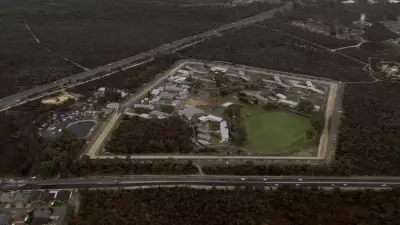
Deputy Liberal leader Sussan Ley has solidified her position within the party hierarchy, while frontbencher Andrew Hastie has made significant gains in the leadership stakes, according to recent political assessments.
Leadership Dynamics Shift Within Liberal Party
The political landscape within the Federal Opposition is experiencing notable changes as key figures position themselves for potential leadership roles. Sussan Ley, the current deputy leader, appears to have strengthened her standing among colleagues despite previous speculation about challenges to her position.
Meanwhile, Andrew Hastie, the shadow defence minister, has emerged as a rising force within party ranks. The former SAS captain has reportedly jumped ahead of other leadership contenders, positioning himself as a significant figure in the party's future direction.
Hastie's Strategic Advancement
Political observers note that Hastie's background in defence and national security has resonated strongly with party members seeking a clear alternative voice. His promotion within the shadow cabinet reflects growing support for his leadership capabilities and policy positions.
The Western Australian MP has been particularly vocal on national security matters, aligning with the party's focus on strengthening Australia's defence capabilities. This positioning has helped distinguish him from other potential leadership candidates.
Current leader Peter Dutton continues to maintain his position at the helm of the Opposition, with the recent reshuffles and positioning occurring within his frontbench team. The dynamics suggest ongoing strategic planning for both short-term political battles and long-term party direction.
Broader Implications for Opposition Strategy
These leadership developments occur against the backdrop of the Federal Government's declining popularity in recent polls. The Opposition is carefully calibrating its approach to capitalise on government vulnerabilities while presenting a united and credible alternative to voters.
The stability of Ley's position as deputy leader provides continuity within the leadership team, while Hastie's advancement signals potential evolution in the party's strategic focus. This balancing act between experience and renewal will likely shape the Liberal Party's approach to the next election cycle.
Party insiders suggest these movements reflect ongoing efforts to strengthen the Opposition's credentials on key policy areas, particularly national security, economic management, and regional development. The positioning of figures like Hastie indicates a deliberate emphasis on defence expertise within the leadership constellation.





